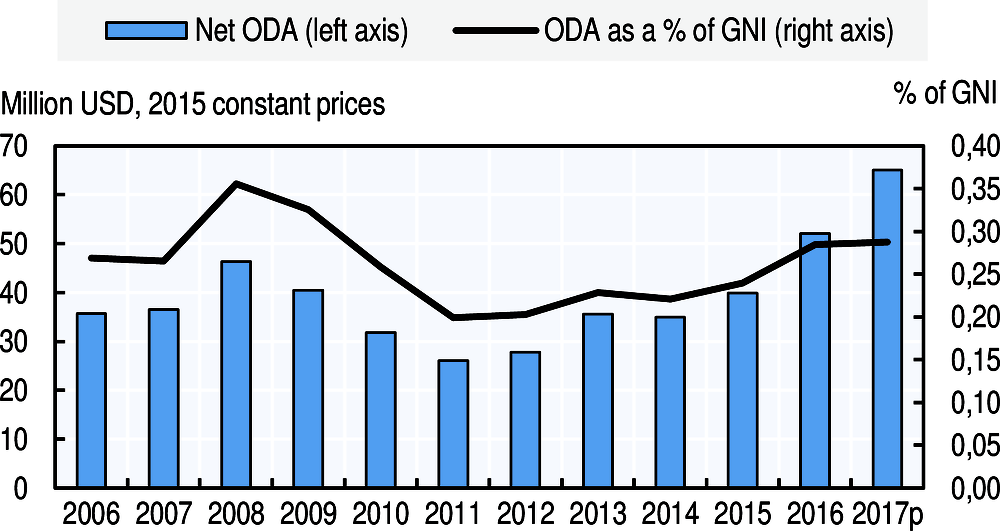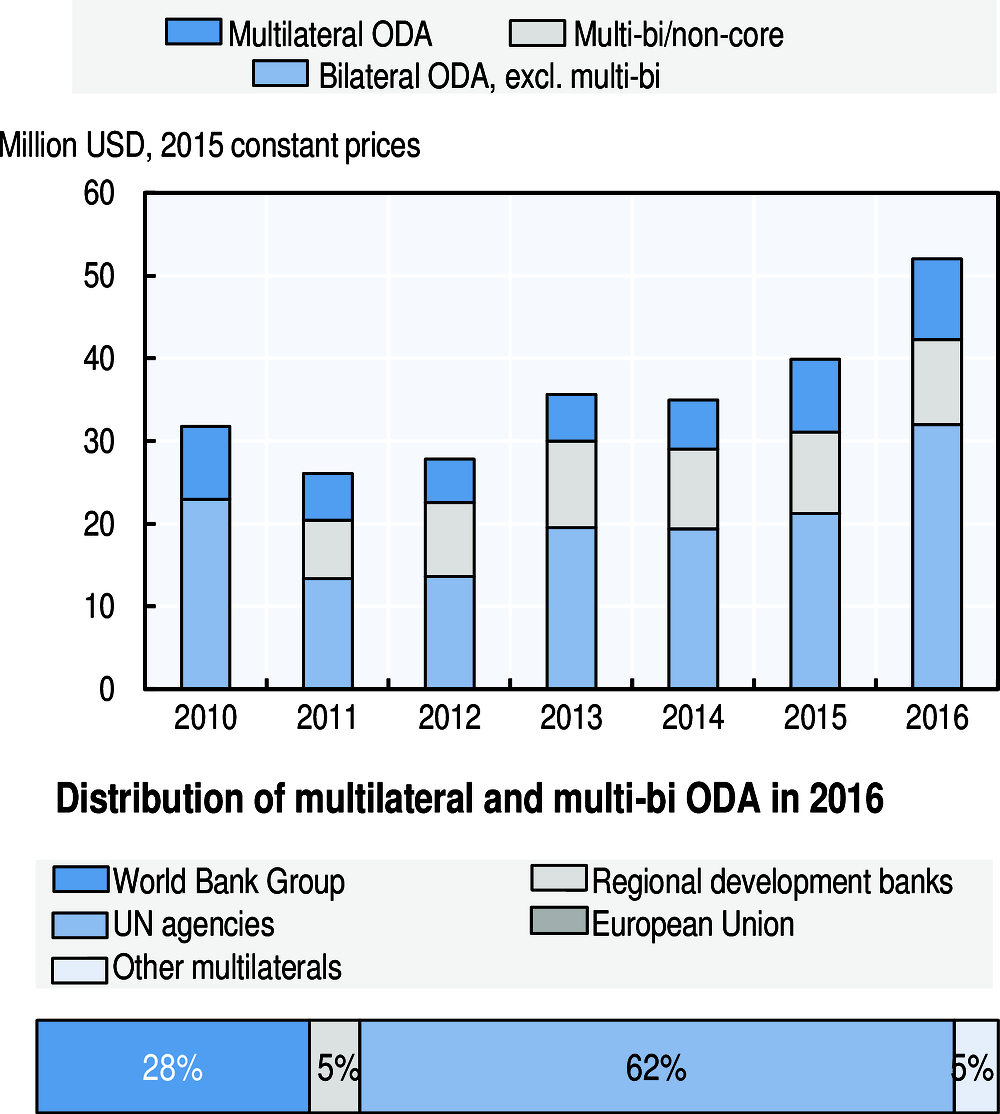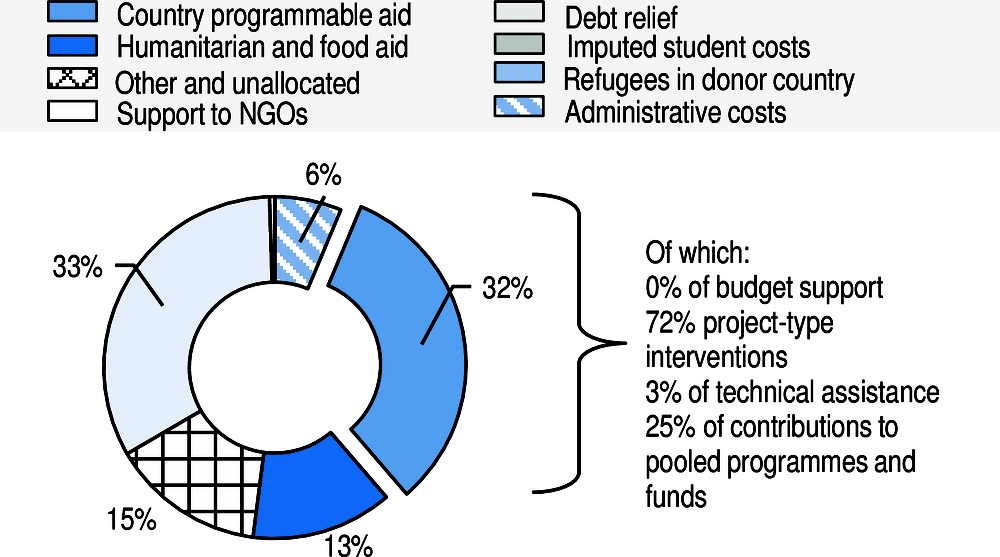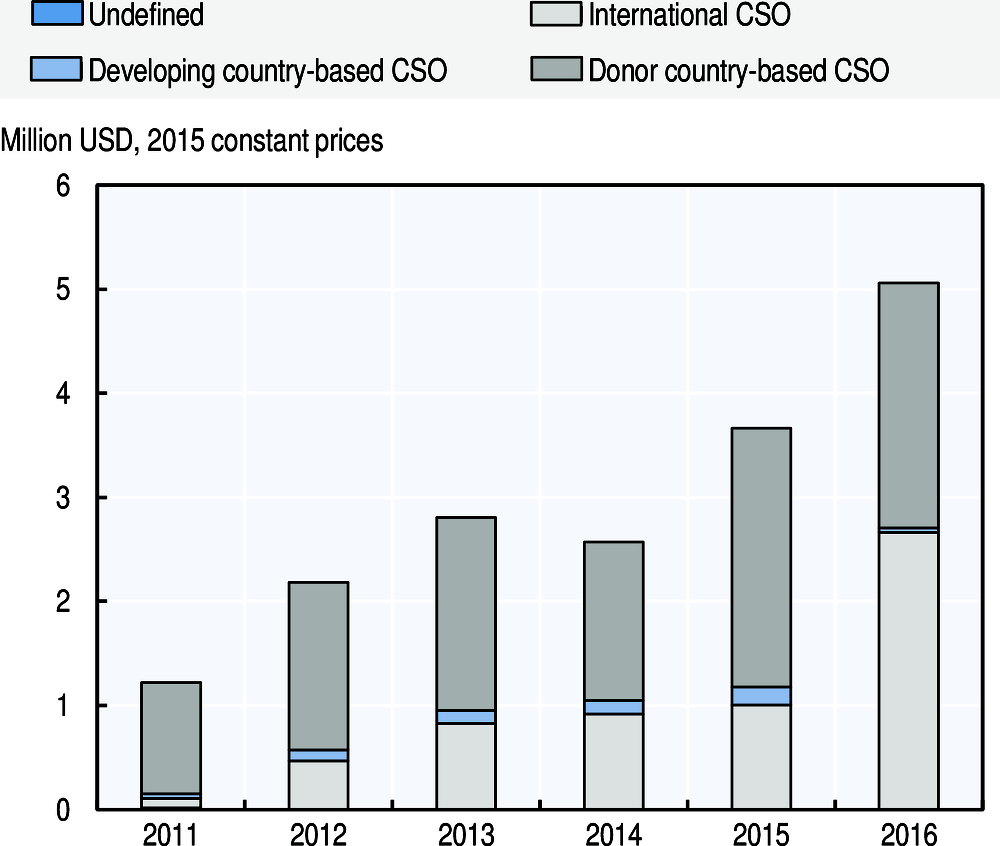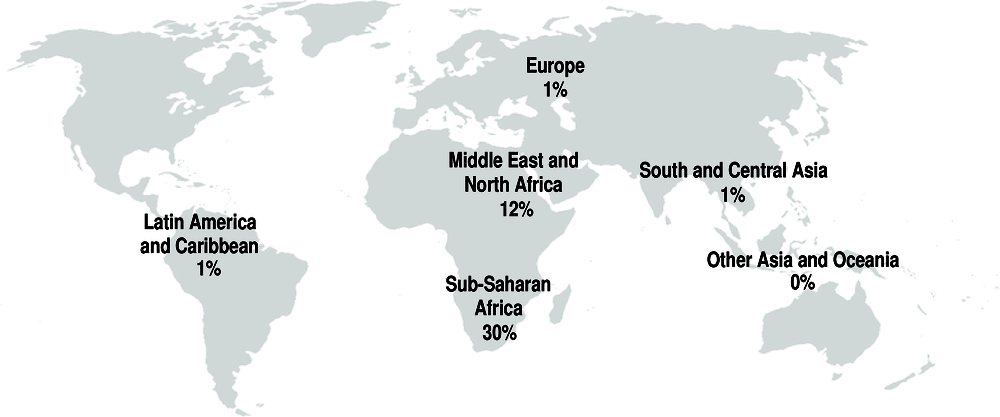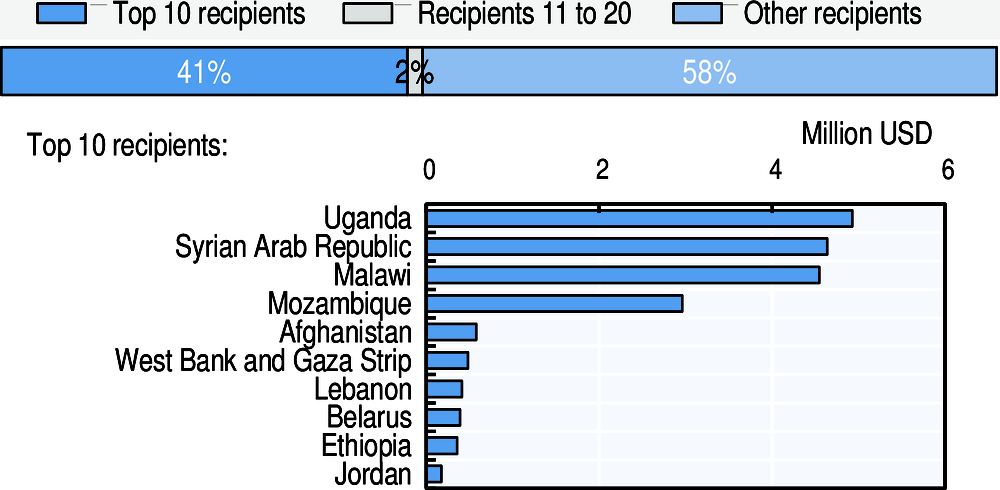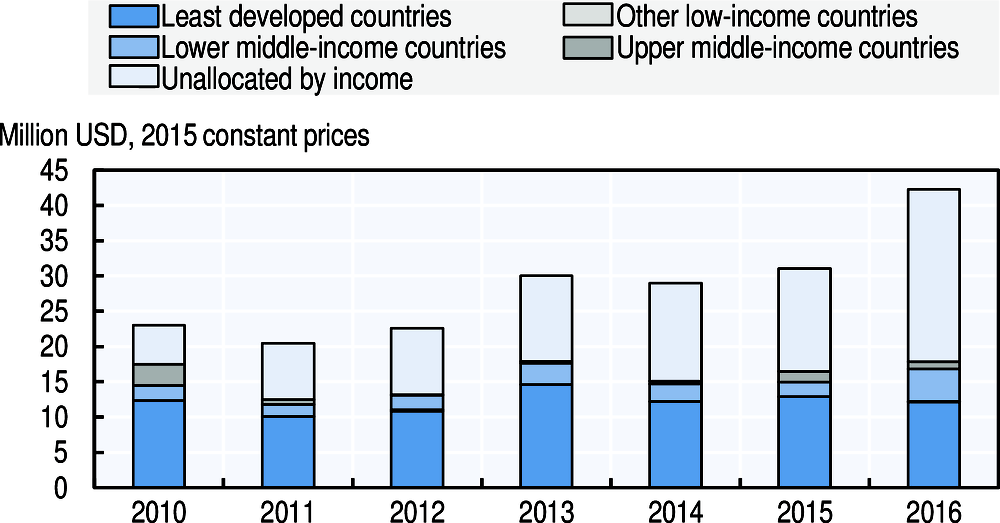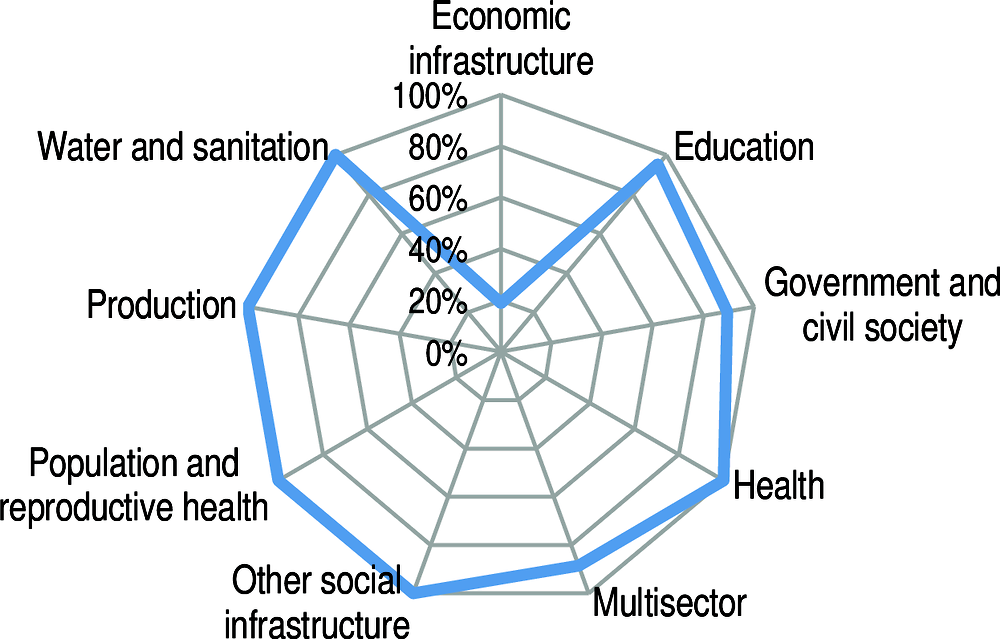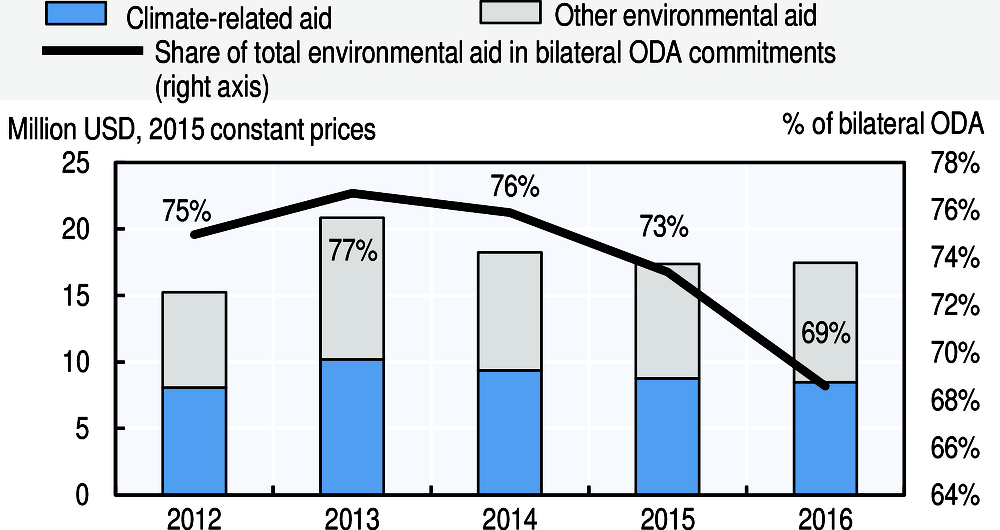Iceland
Leaving no one behind: Iceland’s approach and priorities
Iceland will identify how its development co-operation will address leaving no one behind in a forthcoming parliamentary resolution. This resolution will build on current priorities, which are least developed countries and within these countries the hard-to-reach, rural populations, the most vulnerable and poorest people including people with disabilities. Iceland also focuses on gender equality, children and youth.
For Iceland, official development assistance has a comparative advantage in supporting the underfunded Sustainable Development Goal (SDG) targets in low-income countries, dealing with the root causes of poverty and fragility, and targeting specific needs. It believes that working to include the most vulnerable sections of the population in development is a prerequisite to reaching many of the SDGs.
To deliver on leaving no one behind, Iceland plans to sharpen its focus on the poorest and most vulnerable sections of the population in its partner countries, including children and minority groups. However, it stresses the need to focus on having better data and measuring results in order to have a clear picture of who benefits and who is being missed out in development processes. It also considers that the meaning and objectives of leaving no one behind could be clarified in terms of lifting the living standards of the world’s most underprivileged people.
Financial flows from Iceland to developing countries
At present, data on other official flows and on private grants (funds raised by non-governmental organisations and foundations) from Iceland to developing countries are not available. Data on private flows at market terms are available for 2015 (amounting to USD 0.2 million).
Iceland’s performance against commitments for effective development co-operation
Iceland’s official development assistance
In 2017, Iceland provided USD 69 million in net ODA (preliminary data), which represented 0.29% of its gross national income (GNI) and a 5.5% increase in real terms from 2016 due to increased in-donor refugee costs. Iceland has committed to achieve 0.7% ODA/GNI. However, following the 2008-11 financial and banking crisis, it has revised its timetable for achieving this target, with the parliament adopting a plan for official development assistance (ODA) levels to reach 0.26% by 2018 and to remain at this level until 2021. In 2017, in-donor refugee costs were USD 25 million, representing 36.3% of Iceland’s total net ODA, compared to 26.7% in 2016.
Iceland untied 100% of its ODA (excluding administrative costs and in-donor refugee costs) in 2016, compared to the Development Assistance Committee (DAC) average of 81.2%. The grant element of total ODA was 100% in 2016.
In 2016, 81.2% of ODA was provided bilaterally, totalling USD 31 million. Iceland allocated 18.8% of total ODA as core contributions to multilateral organisations. In addition, it channelled 24.3% of its bilateral ODA for specific projects implemented by multilateral organisations (multi-bi/non-core contributions).
In 2016, 32.4% of bilateral ODA was programmed with partner countries. Iceland’s share of country programmable aid was lower than the DAC country average (46.8%) in 2016 and project-type interventions made up 72% of this aid. The proportion of bilateral ODA allocated to refugees in donor country amounted to 33% of gross bilateral aid.
In 2016, USD 5.7 million of bilateral ODA was channelled to and through civil society organisations (CSOs). Between 2015 and 2016 Iceland’s aid channelled to and through CSOs remained stable as a share of bilateral ODA (it was 11.8% in 2015 and 12% in 2016).
Bilateral ODA was primarily focused on sub-Saharan Africa, which received USD 14.5 million in 2016.
In 2016, 40.8% of bilateral ODA went to Iceland’s top 10 recipients. Its three priority partner countries – Malawi, Uganda and Mozambique – are among the top five recipients of its ODA. In 2016, its support to fragile contexts reached USD 18.9 million (40% of gross bilateral ODA). Support to fragile contexts consisted mainly of project-type interventions (56%) and contributions to pooled funds (42%).
In 2016, 28.7% of bilateral ODA was allocated to the LDCs, amounting to USD 13.7 million. This is an important decrease from 41.6% in 2015, but is still above the DAC average of 21.9% in 2016. The LDCs received the highest share of bilateral ODA in 2016, noting that 57.7% was unallocated by income group.
At 0.08% of GNI in 2016, total ODA to the LDCs was below the UN target of 0.15% of GNI.
In 2016, 29.5% of bilateral ODA was allocated to social infrastructure and services, amounting to USD 14.1 million, with a strong focus on government and civil society (USD 2.4 million) and water and sanitation (USD 2.6 million). Humanitarian aid amounted to USD 6.4 million. In 2016, Iceland committed USD 7.7 million (26.8% of bilateral allocable aid) to promote aid for trade and to improve developing countries’ trade performance and integration into the world economy.
USD 24.5 million of bilateral ODA supported gender equality. In 2016, 85.7% of Iceland’s bilateral allocable aid had gender equality and women’s empowerment as a principal or significant objective, above the DAC country average of 36.5%. This is stable from 86.1% in 2015. Iceland has a strong focus on gender in nearly all sectors.
USD 19.7 million of bilateral ODA supported the environment. In 2016, Iceland reported that 68.6% of its bilateral allocable aid supported the environment and 33.4% (USD 9.6 million) focused particularly on climate change, compared with the respective DAC country averages of 33% and 25.7%.
Note to reader: Annex B provides “Methodological notes on the profiles of Development Assistance Committee members”.

